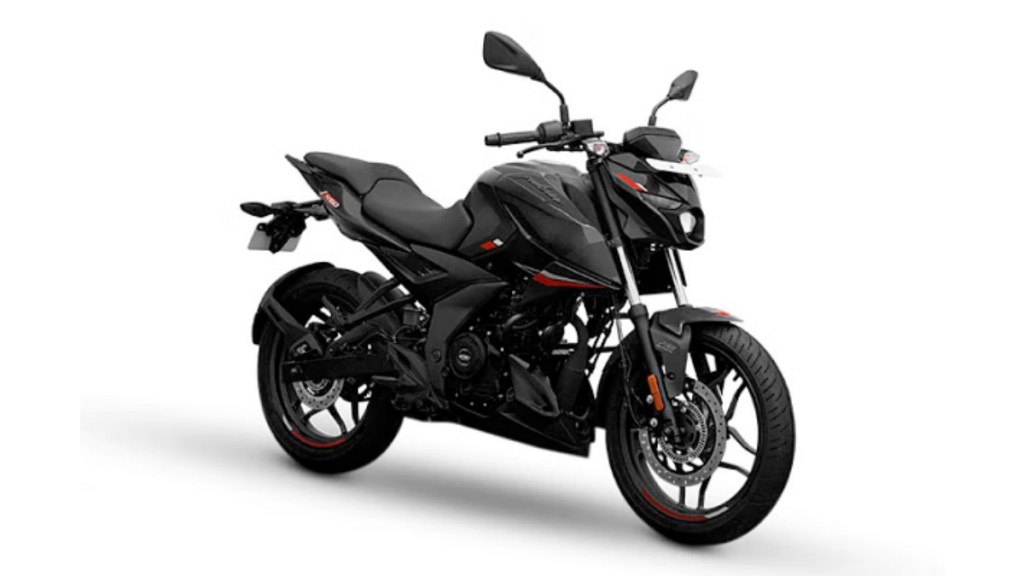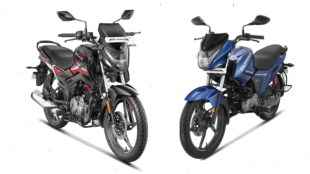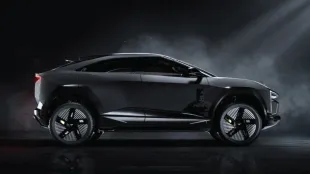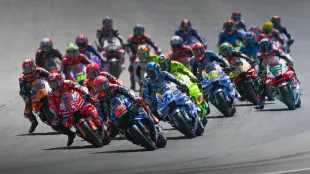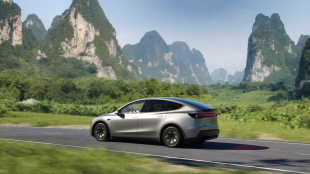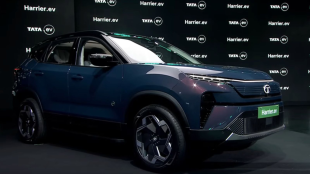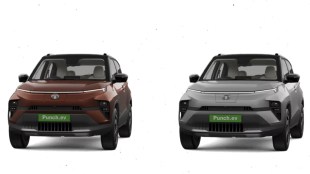The Bajaj Pulsar needs no introduction in the Indian market or the global space. It has been one of the most-popular motorcycles India has seen and the company has given the Pulsar N150 and N160 some crucial updates. Here’s a detailed look at what’s new compared to the older model.
Bajaj Pulsar N150 and 160: Platform and design
The new Bajaj Pulsar N150 and N160 are based on the same chassis as before and even in terms of design, nothing has changed. They continue to get the unique front look with a single projector headlight flanked by DRLs. The sculpted tank and the shrouds also remain the same.
The biggest visual difference is the introduction of new graphics, making them look sportier and giving them a fresh look. That said, the seat design, handlebar setup, and body panels also look identical to the older models.
Bajaj Pulsar N150 and 160: Equipment and features
The biggest change the Bajaj Pulsar N150 and N160 get is the introduction of a new digital instrument cluster. The LCD unit offers Bluetooth connectivity, notifying users about calls and messages. Bajaj continues to sell the Pulsar with the older semi-digital instrument console as well, alongside the new models.
Apart from the digital dash, the two Pulsars continue to get telescopic front forks, a monoshock at the rear, disc brakes, alloy wheels, LED lighting, and more. There is no change in the equipment offered with the new Pulsar N150 and N160.
Bajaj Pulsar N150 and 160: Engine specifications
Again, there is no change in the engine department as well, and both motorcycles continue to be powered by an air-cooled single-cylinder engine mated to a 5-speed gearbox.
| Specifications | N150 | N160 |
| Displacement | 149 cc | 164.82 cc |
| Power | 14.3 bhp | 15.6 bhp |
| Torque | 13.5 Nm | 14.6 Nm |
| Gearbox | 5-Speed | 5-Speed |
